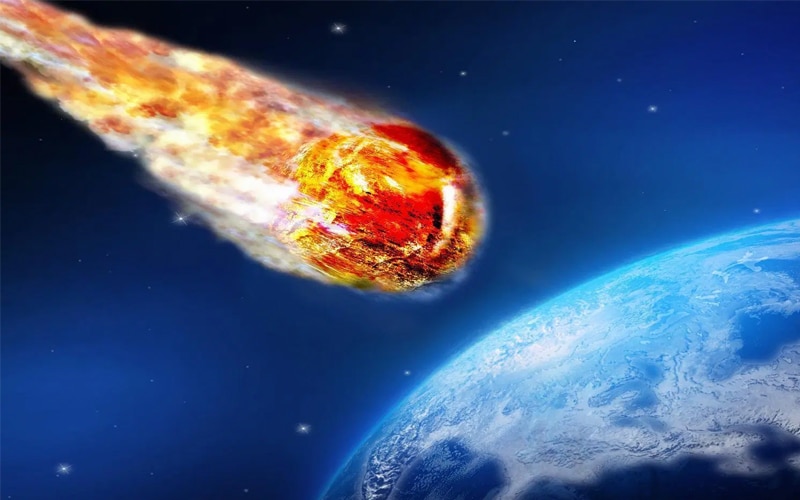
Pieces of opal have been discovered by planetary scientists studying a meteorite found in Antartica, a result that has demonstrated that meteorites delivered water ice to asteroids early in the history of the Solar System.
The studies, led by Professor Hilary Downes of Birkbeck College London and her team, were announced at the National Astronomy Meeting in Nottingham.
Precious Opal found here on Earth, is made up of silica (the major component of sand), with some opals having up to 30% water in its structure (Australian Opal having approx 3 to 4% moisture content), but to this date has not yet been identified on the surface of any asteroid. However, opal has previously been discovered in a meteorite on Mars.
Professor Downes and her team studied the meteorite, named EET 83309, which is an object comprising of thousands of broken pieces of rock and minerals, demonstrating that it originated from the broken-up surface, or regolith, of an asteroid.
EET 83309 contains fragments of many other kinds of meteorite embedded in it, which show that many impacts on the surface of the parent asteroid had occurred, bringing pieces of rock from elsewhere in the Solar System. Professor Downes believes one such impact introduced water ice to the surface of the asteroid, which allowed the opal to form.
“The pieces of opal we have found are either broken fragments or they are replacing other minerals. Our evidence shows that the opal formed before the meteorite was blasted off from the surface of the parent asteroid and sent into space, eventually to land on Earth in Antartica,” Professor Downes said.
“This is more evidence that meteorites and asteroids can carry large amounts of water ice. Although we rightly worry about the consequences of the impact of a large asteroid, billions of years ago they may have brought the water to the Earth and helped it become the world teaming with life that we live in today.”
Professor Downes’ team employed different techniques to analyse the opal and check its composition, witnessing convincing evidence that it is extraterrestrial in origin, and did not form while the meteorite was sitting in the Antarctic ice.
For example, using the NanoSims instrument at the Open University, the team can see that although the opal has interacted to some extent with the water in the Antarctic, the isotopes (different forms of the same element) match the other minerals in the original meteorite.
Original story sources –
https://www.geologyin.com/2016/06/opal-discovered-in-antarctic-meteorite.html

